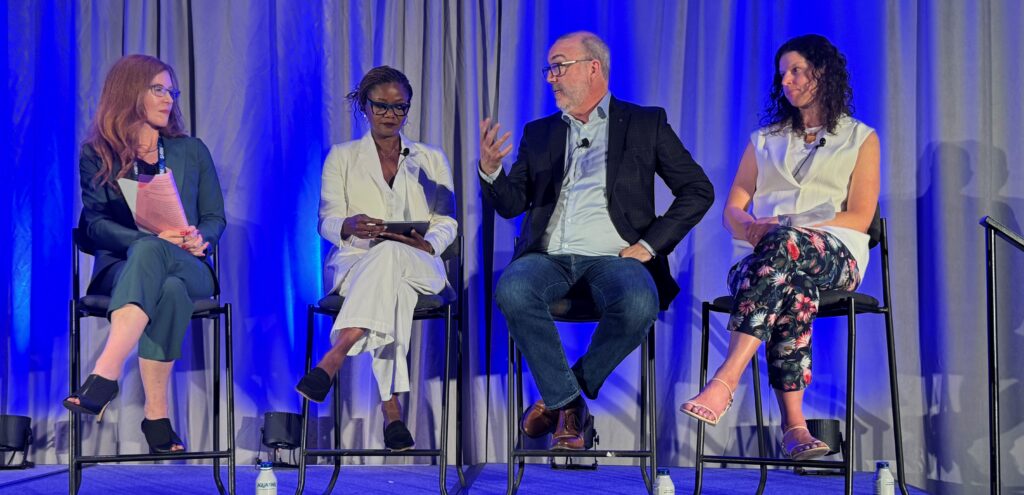Pay Equity and Living Wage
By Nanci Hibschman, Amanda Wethington and Michael O'Malley


There is a parable regarding a vineyard in which a landowner hires men throughout the day to work the land in exchange for a fair wage. Each person hired expects the same wage promised at the end of the day. That wage was paid to those who worked for different lengths of time. Naturally, those who worked longer hours complain but the landowner replies that he paid precisely what was promised.
THIS STORY ILLUSTRATES TWO FORMS OF PAY EQUITY.
One based on comparisons between the work inputs and outputs of other people and one based on expectations. In this instance, we will call the first form of equity “comparative” and the second “noncomparative.” In the case on “noncomparative” equity, if you are paid an amount that you think is right, what others get paid matters a little less. Conversely, if you are paid less than what you are expecting, then what others receive for like contributions pours salt on an existing wound.
Quite a bit of thought goes into what people think is an appropriate wage and how they form their expectations. For one, the perceived procedural integrity by which wages are set makes a difference as people are more inclined to accept their wage as fair if they agree with the process that was undertaken to set the wage in the first place. Secondly, like the landowner, wage offers and acceptances shape people’s expectations. Although workers receive what the employer promised, other factors can soon erode the perceived fairness of the deal once the work begins. The employer may have misrepresented, or the employee misunderstood, the exact nature of the work.
Additionally, employees may realize that the wage they agreed to work for is insufficient for their modest needs. In a way, the wage is seen as coercive. People need the money and accept work that fails to cover their current and future needs. The result of feeling stuck with an insufficient wage cannot easily be dismissed when an employee’s basic needs are left unmet.
The response and reaction to an insufficient wage can be both pragmatic and emotional. On the pragmatic front, people realize they cannot afford to keep the job and simply leave. A more emotional response is grounded in the belief that the wage is fundamentally unfair – which fuels ways that people try to reconcile this unfairness. Perceived injustices are exacerbated over time if others who do not appear to do or contribute more are receiving higher wages. Again, turnover is the most immediate and expeditious response – but there are other more extreme reactions such as corporate sabotage, employee theft, or unwanted viral video backlash.
SO, WHAT DOES A LIVING WAGE DO?
Establishing a living wage is an essential component of supporting employee wellbeing, enhancing internal equity, and elevating the operational efficiencies of organizations. For employers, it reduces turnover and heightens morale, organizational commitment, and productivity. It further reduces people’s penchant to compare themselves with others and lessens any perceived injustices. For the employee, it provides a more satisfying and healthier lifestyle by mitigating certain worries and uncertainties through a better standard of living. It allows people to be more fully present at work and home.
Legal minimum wages were initially designed to provide a wage floor that protected workers and assured a measurable quality of living. However, these wages have simply not kept pace with inflation or the changing nature of the workforce and fall short of meeting the current needs of employees. Providing a living wage fosters a multitude of organizational and personal benefits but its greatest virtue and soundest justification may be that it is simply the right thing to do.
Copyright @2023 by C3 Nonprofit Consulting Group
related Insights






